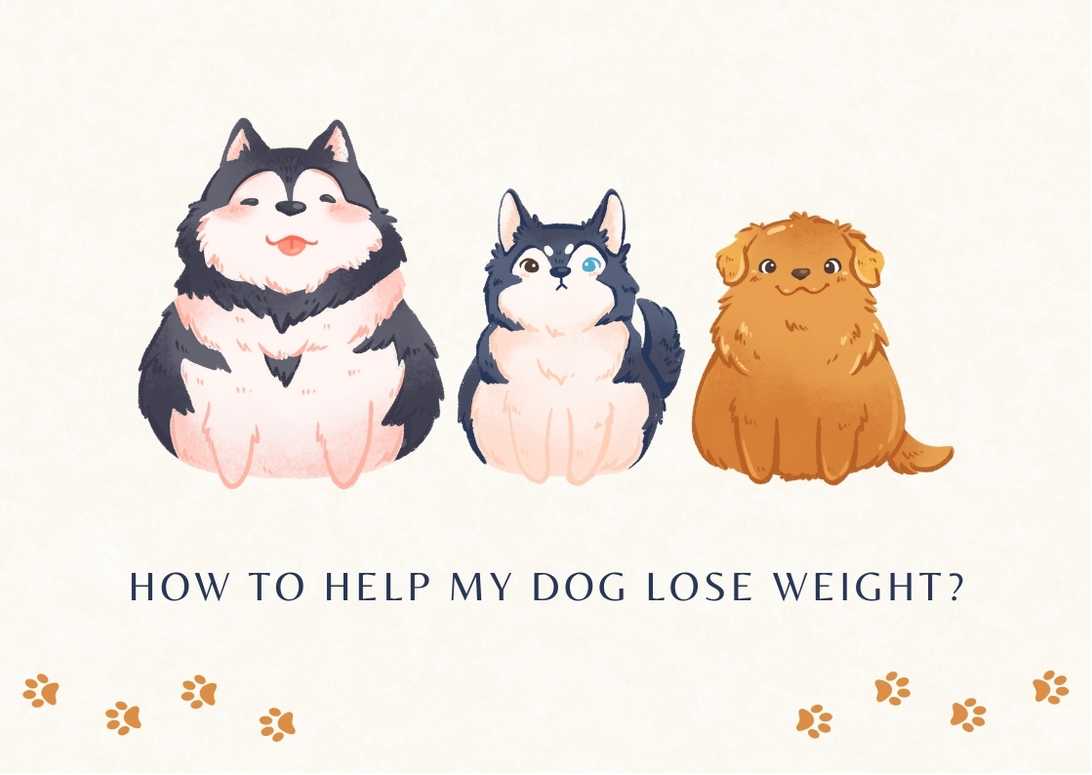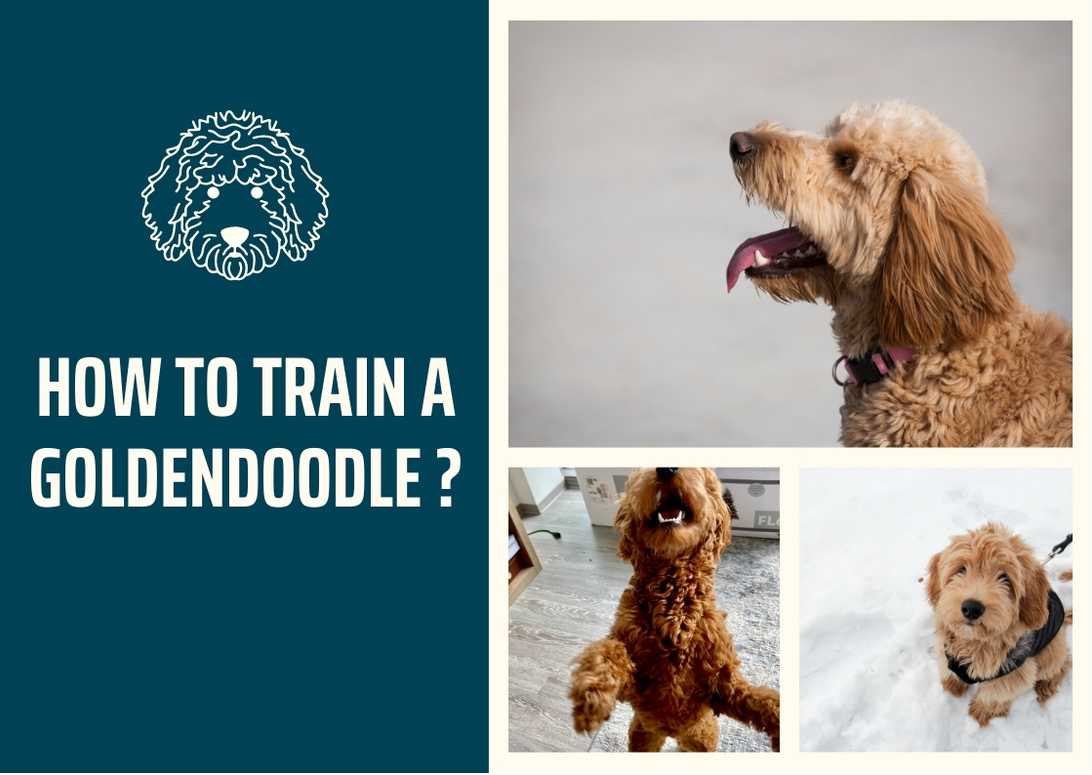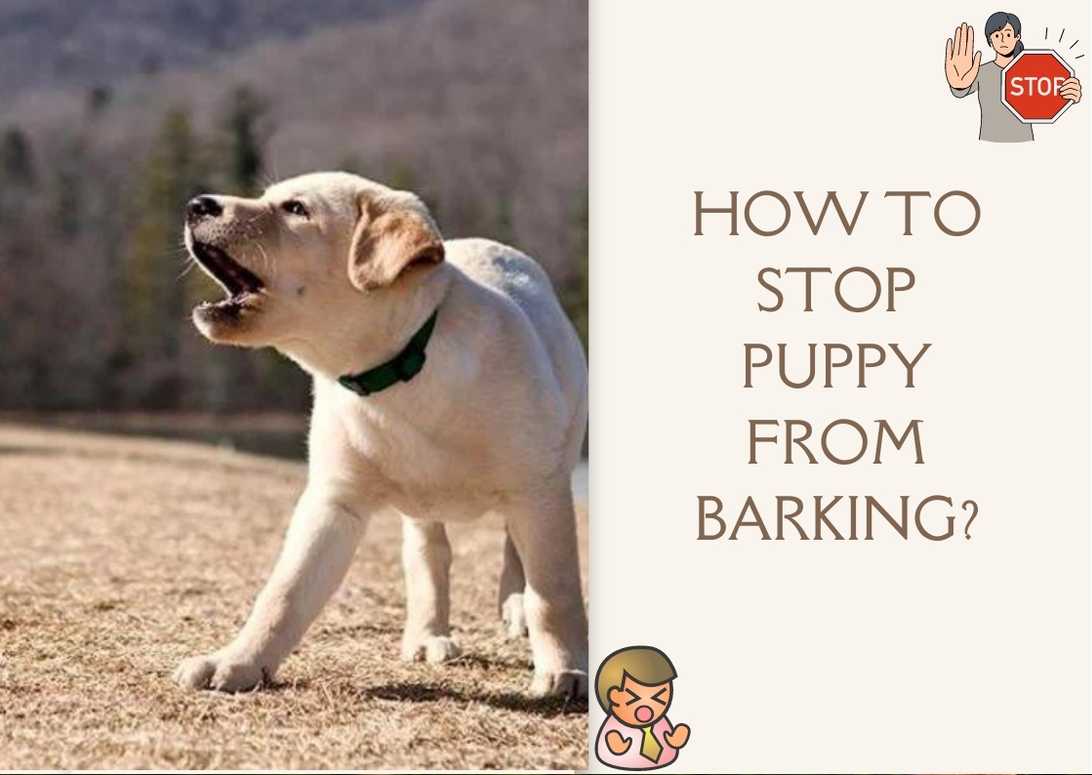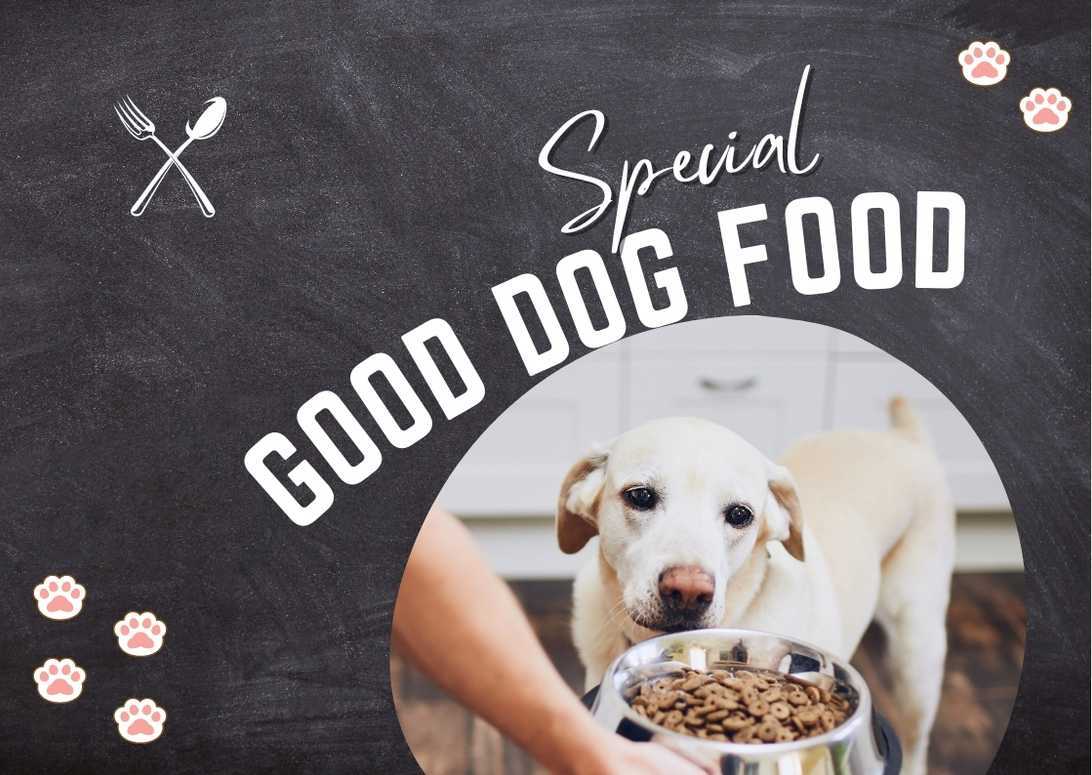How To Help My Dog Lose Weight?
Are you worried about your furry friend’s weight? Helping my dog lose weight was a challenge, but I discovered effective strategies that made it achievable. In this article, I will share with you the tips and tricks I learned to help my dog reach a healthy weight.
By following feeding guidelines, cutting back on treats, incorporating exercise, introducing a low-fat diet, and consulting with my vet, I was able to set my beloved pet on the path to a healthier and happier life. So let’s delve into the world of canine weight loss together and discover how you can support your own dog on their journey to a slimmer physique.
When it comes to helping your dog shed those extra pounds, proper feeding is crucial. By eliminating unnecessary treats from their diet and following feeding guidelines tailored for weight loss, you can ensure they are getting the right amount of nutrition without overindulging.
Additionally, increasing their exercise routine not only helps burn calories but also keeps them active and engaged. Introducing a low-fat diet can further aid in their weight loss journey by providing them with balanced meals that are lower in calories.
Consulting with your vet throughout this process is essential as they can provide valuable guidance specific to your dog’s needs and monitor their progress closely. Together, we can make sure our furry friends lead healthier lives through sustainable weight loss methods.
How to Feed Properly
To help your dog lose weight, you need to make sure you’re feeding them the correct amount of food each day and following the feeding guidelines on the dog-food bag. It’s important to measure out their meals accurately to avoid overfeeding.
Start by determining the ideal weight for your dog and consult with your vet to create a meal plan that suits their needs. Keep track of their weight loss progress by regularly weighing them and adjusting the food measurements accordingly. Additionally, consider any dietary restrictions or health conditions they may have when planning their meals.
Incorporating weight management strategies such as portion control and scheduled feeding times can greatly aid in their weight loss journey.
Now, let’s address another crucial aspect: eliminating treats. While it may be difficult, cutting out treats from your dog’s diet is essential in reducing their calorie intake. Treats often contain extra calories that contribute to weight gain.
Instead of relying on high-calorie treats, try offering healthier alternatives such as baby carrots, celery, broccoli, green beans, cucumbers, blueberries, apples, or bananas. These options are not only nutritious but also low in calories.
By making this transition away from mystery-meat treats towards healthier options, you’ll further support your dog’s weight loss goals without compromising their overall well-being.
Eliminate Treats
Cut out those extra treats, like the daily cookie after dinner, and you’ll start to see a difference in Fluffy’s waistline. For instance, my friend’s dog was able to shed pounds just by eliminating the habit of giving him table scraps as treats.
Not only do these extra treats add unnecessary calories to your dog’s diet, but they also contribute to weight gain. Instead of relying on treats for rewards or showing love, try incorporating portion control and healthy snack alternatives into your dog’s routine.
Here are some ideas for healthy snack alternatives:
- Baby carrots: These crunchy snacks are low in calories and high in fiber.
- Blueberries: Packed with antioxidants, blueberries make a sweet and nutritious treat.
- Green beans: High in vitamins and minerals, green beans can be a satisfying option.
- Apples: A slice of apple can provide a refreshing and low-calorie snack.
- Bananas: Rich in potassium, bananas offer a natural sweetness without the added sugar.
Tracking your dog’s progress is essential when it comes to weight loss. Keep an eye on their body condition score and consult with your veterinarian regularly for guidance. Additionally, creating a meal schedule can help establish routine and prevent overfeeding. Incorporating interactive toys during mealtime can also help slow down eating and provide mental stimulation for your pup.
By cutting out those extra treats and focusing on portion control along with healthy snack alternatives, you’re taking important steps towards helping your dog lose weight.
Now let’s move on to the next section about increasing exercise without jeopardizing Fluffy’s health.
Increase Exercise
Get ready to kickstart your furry friend’s fitness journey by ramping up their exercise routine! One of the best ways to help your dog lose weight is by engaging them in fun activities and outdoor adventures. Take them on long walks or hikes, allowing them to explore new surroundings while burning calories.
You can also incorporate fitness challenges into their routine, such as setting up an obstacle course or playing fetch with a frisbee or ball. Not only will these activities help your dog shed those extra pounds, but they’ll also provide mental stimulation and strengthen the bond between you two.
Additionally, consider using exercise equipment specifically designed for dogs, such as treadmills or agility sets, which can further enhance their workout experience.
In addition to increasing physical activity, it’s important to use effective training techniques during exercise sessions. Teach your dog commands like ‘sit,’ ‘stay,’ and ‘come’ so that they can follow instructions during their workouts. This will not only keep them safe but also make the exercises more structured and controlled.
Positive reinforcement is key when training your dog, so be sure to reward them with praise or small treats when they perform well. With consistency and patience, your furry companion will soon become a pro at these exercises!
Now that we’ve covered how to increase exercise for weight loss, let’s transition into the next section about incorporating a low-fat diet into your dog’s routine without writing ‘step’.
Low-Fat Diet
One way you can support your furry friend’s health journey is by incorporating a low-fat diet into their routine. Can you imagine how much happier and energetic they’ll feel with a healthier meal plan?
When it comes to weight loss, the food we feed our dogs plays a crucial role. Look for low fat recipes that are specifically designed for weight loss in dogs. These recipes usually include lean proteins like chicken or turkey, along with plenty of vegetables. Meal planning is also important to ensure that your dog is getting the right balance of nutrients while still losing weight. Consider consulting with a veterinary nutritionist who can provide guidance on portion sizes and dietary restrictions.
In addition to a low-fat diet, there are also weight loss supplements available for dogs. These supplements can help boost metabolism and support healthy weight loss when used in conjunction with a proper diet and exercise regimen. However, it’s important to consult with your vet before introducing any supplements to your dog’s routine.
Transition: Now that we’ve covered the importance of a low-fat diet, let’s move on to the next step – consulting with your vet.
Consult with Vet
Make sure you schedule a consultation with your vet to get expert guidance on supporting your furry friend’s weight loss journey. Your vet will be able to assess your dog’s current health status and provide personalized advice based on their specific needs.
They can help you set realistic weight loss goals and recommend appropriate dietary restrictions if necessary. Additionally, they can rule out any underlying medical conditions that may be contributing to the weight gain and suggest suitable weight loss strategies.
By consulting with your vet, you can ensure that you are taking the right steps towards helping your dog lose weight in a safe and effective manner. Their professional advice will give you the confidence to make informed decisions regarding your pet’s diet and exercise routine.
Once you have gathered all the necessary information from your vet, you can proceed with implementing their recommendations and exploring healthy treat options for rewarding your pup without sabotaging their weight loss progress.
Healthy Treat Options
Including fruits and vegetables in your dog’s diet can provide them with a variety of healthy and tasty treat options. Nutritious alternatives such as baby carrots, celery, broccoli, green beans, cucumbers, blueberries, apples, and bananas can be great choices for your furry friend. Not only do these treats offer essential vitamins and minerals, but they also add fiber to their diet which can help with weight loss.
You can even get creative by making homemade treat recipes using these ingredients. For example, you could freeze blueberries or puree apples and freeze them into bite-sized pieces for a refreshing summer treat. By incorporating these nutritious alternatives into your dog’s diet, you can provide them with satisfying treats that won’t contribute to weight gain.
When it comes to helping your dog lose weight, portion control strategies are crucial. Instead of freely giving treats throughout the day, it’s important to measure out appropriate portions. This will ensure that you’re not overfeeding your pup with extra calories from treats. Additionally, consider rewarding your dog with non-food items such as praise or playtime instead of always relying on treats for positive reinforcement. This will help reduce their overall calorie intake while still providing them with the recognition they deserve.
Next, finding low-calorie treats specifically made for weight management can be beneficial in supporting your dog’s weight loss journey. Look for products that are labeled as low-fat or light options to ensure you’re choosing treats that align with their dietary needs.
By incorporating nutritious alternatives into their diet and practicing portion control strategies, along with rewarding them with non-food items or finding low-calorie treats specifically made for weight management purposes, we can help our dogs shed those extra pounds without depriving them of tasty rewards in the process. Ultimately, by implementing these strategies, we can ensure that our furry friends lead healthier and happier lives.
Portion Control
Serve your furry friend a sensible serving size to support their slimming success. Portion control is key when it comes to helping your dog lose weight. It’s important to measure out the appropriate amount of food for each meal, based on their weight and activity level. By tracking progress and monitoring their portion sizes, you can ensure that they’re getting the right amount of calories without overfeeding them.
Finding motivation and setting goals can also be helpful in maintaining portion control. Set realistic goals for your dog’s weight loss journey and track their progress along the way. Celebrate small victories and use them as motivation to keep going.
Additionally, meal planning can make portion control easier. Prepare measured portions ahead of time, so you’re not tempted to give in to those puppy-dog eyes and overfeed them.
Transitioning into the subsequent section about ‘monitor caloric intake’, remember that portion control is just one aspect of helping your dog lose weight. It’s equally important to monitor their caloric intake by choosing a balanced diet that supports their weight loss goals.
Monitor Caloric Intake
Keeping a close eye on the number of calories your pup consumes is crucial to their weight loss journey. Portion sizes play a significant role in managing your dog’s caloric intake. It’s essential to measure their food accurately and follow the feeding guidelines provided by the dog-food bag.
By doing so, you can ensure that your furry friend is not overeating and consuming unnecessary calories. Additionally, calorie counting can help you keep track of how much your dog is eating throughout the day, making it easier to monitor their progress and adjust their diet accordingly.
In conjunction with portion control, it’s important to consider any specific weight loss plans or diet restrictions recommended by your vet. They might suggest a low-fat diet or specific types of food that are more suitable for weight loss purposes. Be sure to follow these recommendations closely and avoid giving any high-calorie treats or table scraps that could hinder your dog’s progress.
Remember, consistency is key when it comes to helping your pup shed those extra pounds.
Transitioning into the subsequent section about exercise routine, regular monitoring of caloric intake will go hand in hand with implementing an appropriate exercise regimen for your dog. Together, these two aspects will contribute to achieving a healthy weight for your furry companion without compromising their overall well-being.
Exercise Routine
Now that I’ve been monitoring my dog’s caloric intake, it’s time to focus on incorporating an exercise routine into his daily life. Exercise is crucial for weight loss as it helps burn calories and increases metabolism.
I have set a goal to take my dog for a walk at least twice a day, in the morning and evening. By increasing the frequency of walks, I can ensure that he gets enough physical activity throughout the day.
When it comes to outdoor activities, I’ve found that hiking and running are the best options for my energetic pup. These activities not only provide a great workout but also allow him to explore new environments and stimulate his senses.
Additionally, I make sure to incorporate playtime into our exercise routine by playing fetch or engaging in interactive games like hide-and-seek.
To stay on track with my dog’s weight loss journey, I’m setting goals for both myself and him. For example, I aim to gradually increase the duration of our walks each week or try new challenging trails during hikes. By tracking our progress regularly, whether it’s through measuring distance covered or observing changes in his energy levels, we can stay motivated and see tangible results.
As we continue with our exercise routine and work towards achieving our goals, there are still more weight loss tips that can be helpful for my dog.
Weight Loss Tips
Get creative with your dog’s treats by swapping out calorie-heavy options for healthier alternatives like baby carrots or blueberries, turning snack time into a fun game of ‘snack roulette’ where every bite is a surprise!
By controlling the portion sizes and reducing the caloric intake, you can help your dog lose weight while still providing them with tasty treats.
It’s important to remember that treats should only make up a small percentage of your dog’s overall diet, so be mindful of how many snacks you give throughout the day.
In addition to making changes in their treat choices, it’s crucial to incorporate lifestyle changes to aid in your dog’s weight loss progress.
Increasing their exercise routine by taking longer walks or adding in extra playtime can help burn off those extra calories.
Regular physical activity not only helps with weight management but also promotes overall health and well-being for your furry friend.
Consulting with your vet is always recommended when making any dietary or lifestyle changes for your dog, as they can provide personalized advice based on their specific needs.
By implementing these tips and making healthier snack alternatives, you’ll be on the right track towards helping your beloved pet achieve a healthy weight and live a happier life.
Frequently Asked Questions
Can I still give my dog treats while they are on a weight loss program?
Yes, you can still give your dog treats while they are on a weight loss program. However, it’s important to choose dog treat alternatives that are low in calories and incorporate portion control. Regular exercise routines and monitoring progress are also essential. Some healthy snack options include baby carrots, celery, broccoli, and blueberries.
How often should I weigh my dog during their weight loss journey?
I weigh my dog once a week to track their progress during their weight loss journey. By monitoring their weight, I can adjust their calorie intake and incorporate exercise as needed while also ensuring their overall health.
Are there any specific dog breeds that are more prone to weight gain?
Some dog breeds seem to have a “special talent”for weight gain. Treat-loving Labradors and food-obsessed Beagles are just a few examples. But with the right weight loss program, even these pups can slim down.
Can I use a weight loss dog food for my dog without consulting a vet?
I wouldn’t recommend using weight loss dog food without consulting a vet. They can help determine the best diet for your dog and suggest alternative options. Along with an exercise routine, portion control and tracking progress are important for weight loss.
Are there any recommended supplements or vitamins for dogs on a weight loss program?
Yes, there are recommended supplement recommendations for dogs on a weight loss program. Vitamins like fish oil can support joint health during exercise routines. Additionally, dietary restrictions and alternative weight loss methods should be discussed with a vet for optimal results.
Conclusion
In conclusion, helping my dog lose weight has been a journey filled with ups and downs. However, I’ve seen positive results and improvements in my furry friend’s health by following the strategies mentioned in this article.
One interesting statistic that may surprise you is that, according to a study conducted by the Association for Pet Obesity Prevention, an estimated 56% of dogs in the United States are overweight or obese.
By implementing proper feeding guidelines, cutting back on treats, increasing exercise, and introducing a low-fat diet, I’ve been able to support my dog on their path to a healthier weight. Consulting with my vet has also been crucial in tailoring a plan specifically suited to my dog’s needs.
Monitoring caloric intake and establishing an exercise routine has helped tremendously as well.
Remember, every dog is unique, and what works for one may not work for another. It’s important to be patient and consistent throughout the weight loss journey. With dedication and love, we can help our furry friends achieve their ideal weight and live longer, happier lives together.







